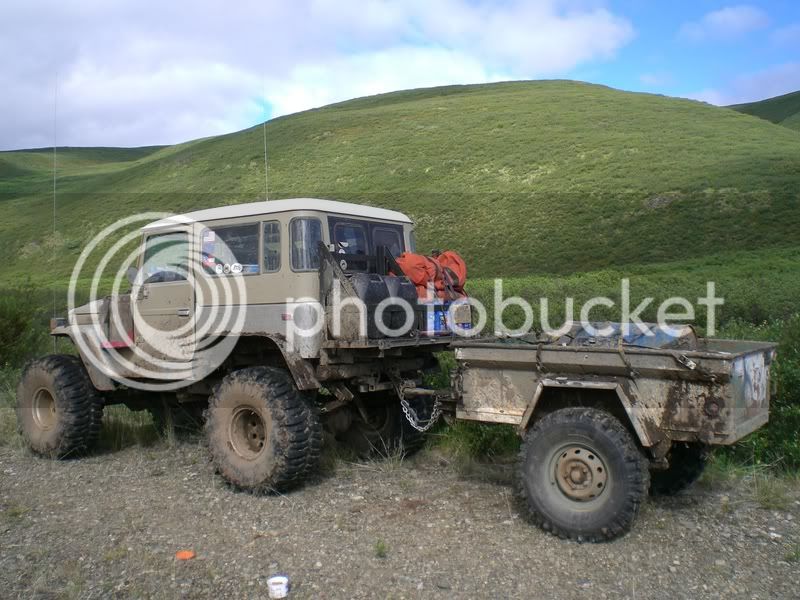I hope to distill the recent Continental Divide Expedition into a series of Lessons Learned so others can get something from the experience also.
Here is #1 "Can you get to your Gear?"

If you don't want this to be you, trying to get your recovery gear out of that tight spot your stored it, while keeping the rest of your stuff from falling into the mud then take a moment to listen to the lessons I've learned.
To find out more read the rest on our site, click here
Here is #1 "Can you get to your Gear?"

If you don't want this to be you, trying to get your recovery gear out of that tight spot your stored it, while keeping the rest of your stuff from falling into the mud then take a moment to listen to the lessons I've learned.
To find out more read the rest on our site, click here



